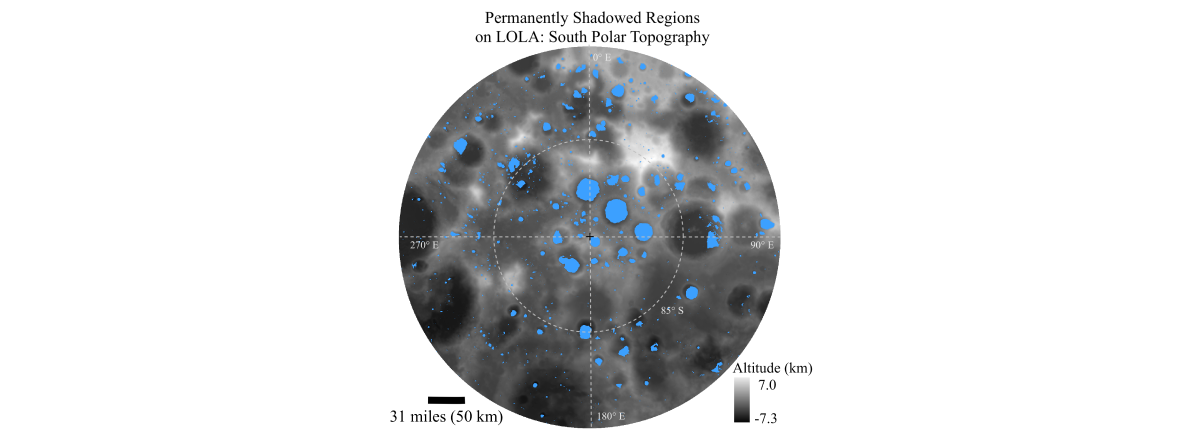NASA Finds More Ice on the Moon Than Previously Thought
The breakthrough comes from the LEND (Lunar Exploration Neutron Detector) instrument, which detected signs of hydrogen in the lunar surface, suggesting the presence of ice.

NASA’s Lunar Reconnaissance Orbiter (LRO) has revealed that the Moon holds more ice than scientists once believed. Originally thought to be confined to large shadowed regions near the lunar South Pole, new data shows that ice deposits are scattered across more distant areas. This discovery could significantly aid future lunar missions, providing essential resources like water, fuel, and oxygen for astronauts.
The breakthrough comes from the LEND (Lunar Exploration Neutron Detector) instrument, which detected signs of hydrogen in the lunar surface, suggesting the presence of ice. These findings indicate that the coldest, permanently shadowed regions (PSRs), where temperatures drop below -198°C, contain the highest concentrations of ice.
Though the exact amount of ice remains unknown, researchers believe it could be hidden beneath layers of lunar dust. Ice may have been deposited by comets, meteor impacts, or chemical reactions between solar wind hydrogen and lunar oxygen.
If confirmed, these deposits will make the Moon an attractive target for future exploration, offering valuable resources for sustainable lunar missions.

